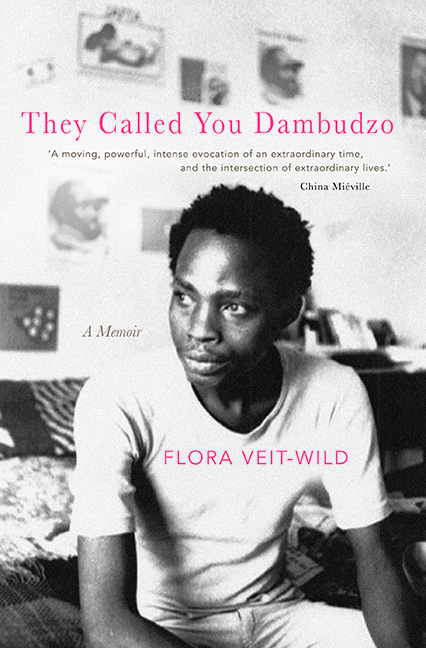The Valley of Death or: Busting the Kraken
Published online by Cambridge University Press: 26 May 2022
Summary
THE KRAKEN HAD MANY FACES.
It was the ugly virus that was creeping through my veins.
It was the dark cloud of depression that kept eclipsing the sun.
It finally twisted its cancerous tentacles into my guts and my lymphoid system. I fell prone to a lymphoma.
Towards the end of the 1990s my life in Berlin was solidifying. The once life-threatening virus had been ‘caged in’. New antiretroviral drugs had been developed. They did not eradicate the virus from the blood, but drastically diminished its population. Every day I now swallowed what is euphemistically called ‘a cocktail’ of pills. Many colours, many forms, many sizes – I did not really mind, I knew the threat was banned.
Yet, the new drugs had heavy side effects.
I developed what was called a ‘buffalo hump’, a thick layer of fat that had accumulated at the root of my neck. I discovered it one day when I felt stiff in the neck and asked Max to massage my back.
‘Mama, you have a hump,’ he cried out. I had not noticed it before.
Lipodystrophy, a disorder of fat distribution under your skin, was one of the side-effects medical science had not foreseen. It was a gradual process. I had not at first noticed how my bodily features changed. While the hump on my back was growing, my cheeks were becoming hollow – they lost their under-skin bolster. My calves also lost their fat, you could see the veins protrude under the skin.
I had to undergo surgery, three times altogether, to diminish the hump – yet my neck never got as slender as it used to be. My cheeks did not fill up again.
Defeating the virus came with a price.
I will have to conclude my story with a last mythical tale: My descent into the Valley of Death.
In November 2001 my brother took his own life. He was 52. It was not a cry for help as on earlier occasions. He did it after careful consideration and preparation by injecting himself with an overdose of insulin.
Extended phases of severe depression had made it impossible for him to continue his professional life as a doctor. After splitting up from his wife, he had started his own practice but eventually went into early retirement, claiming ‘occupational invalidity’.
- Type
- Chapter
- Information
- They Called You DambudzoA Memoir, pp. 270 - 274Publisher: Boydell & BrewerPrint publication year: 2022



